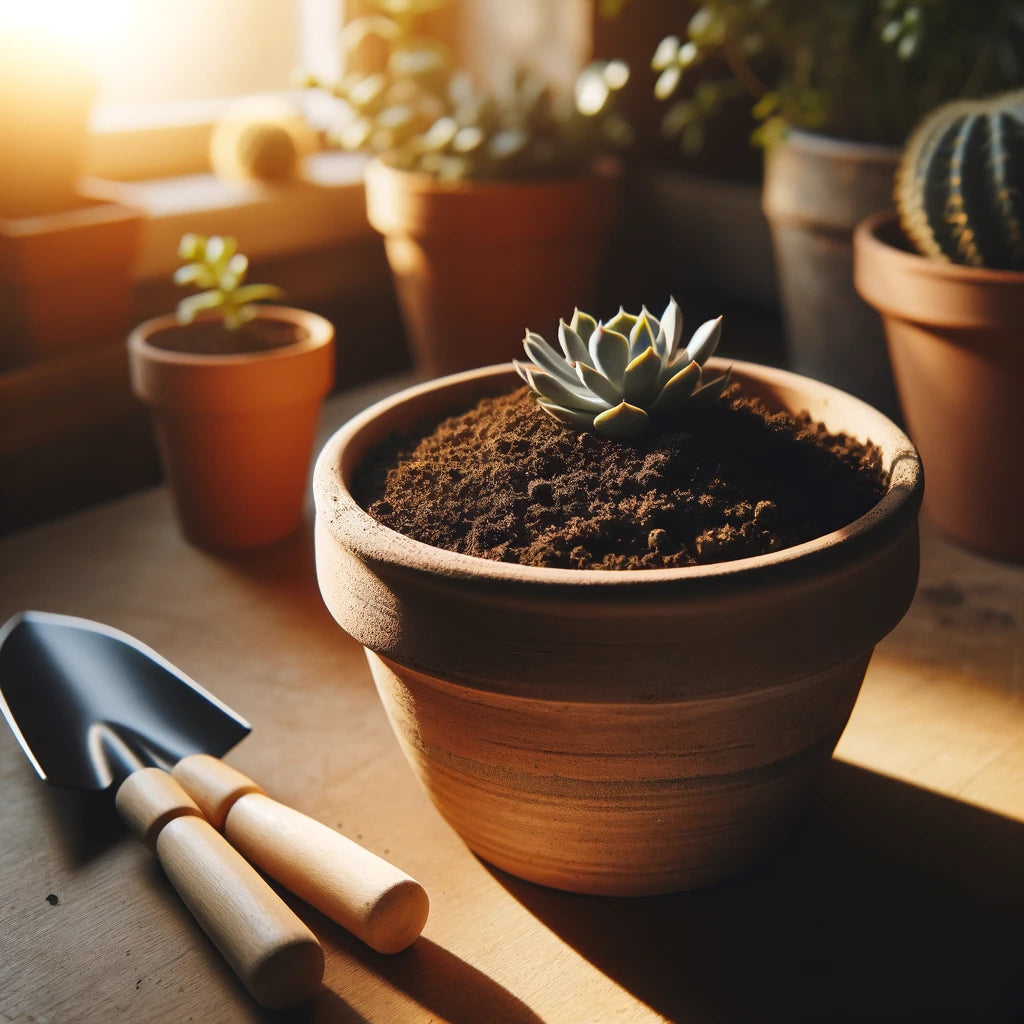Growing Lithops for Beginners: A Step-by-Step Guide
Welcome to the fascinating world of lithops, also known as living stones! These succulent plants are a marvel of nature, mimicking the rocks among which they grow to evade predators. If you're drawn to their unique beauty and are considering adding them to your collection, this guide is for you. Here, we'll walk you through the basics of growing lithops, from selecting the right soil and pots to providing the best care for these intriguing plants.
Step 1: Understanding Lithops
Before we dive into the how-tos, it's essential to understand what lithops are and why they're unique. Lithops are small, succulent plants native to southern Africa, renowned for their stone-like appearance. This camouflage helps them avoid being eaten by thirsty animals in their arid environments. Lithops have two main parts: a pair of succulent leaves fused together, from which a flower or new leaf pair emerges.
Step 2: Selecting Your Lithops
Lithops can be purchased from nurseries, garden centers, or online specialty shops. When choosing lithops, look for plants that are firm, free of blemishes, and have vibrant colors. This indicates they're healthy and well-cared for.
Step 3: Choosing the Right Soil
Lithops require a well-draining soil mix to thrive. You can either purchase a cactus and succulent mix or make your own by combining:
- 50% mineral grit (like coarse sand, pumice, or perlite)
- 50% potting soil
This mix ensures that water drains quickly, mimicking the dry conditions of their natural habitat.
Step 4: Selecting the Perfect Pot
Drainage is crucial for lithops, so choose a pot with ample drainage holes. Terracotta pots are ideal because they're porous, allowing the soil to dry out more efficiently than plastic pots. The size of the pot should be proportional to your lithops collection; however, ensure there's enough space for growth and airflow between them.

Step 5: Planting Your Lithops
- Fill your pot with the prepared soil mix, leaving about an inch of space from the top.
- Make a small hole in the center for your lithops. If you have multiple plants, space them at least an inch apart to give them room to grow.
- Place your lithops in the hole and gently cover the roots with soil. Avoid burying the plant too deep; the top surface of the lithops should be level with the soil.
- Water sparingly. Lithops have extensive root systems for storing water, so they require very little additional moisture.
Step 6: Lithops Care Basics
- **Light:** Lithops need plenty of light but should be protected from intense, direct sunlight, especially during the hottest part of the day. A bright, indirect light location is ideal.
- **Water:** Water lithops sparingly. During their growing season (spring and autumn), water only when the soil is completely dry. In summer and winter, reduce watering further to match their dormancy periods.
- **Temperature:** Lithops prefer temperatures between 65-75°F (18-24°C) during the day and cooler temperatures at night.

Step 7: Enjoying Your Lithops
With proper care, your lithops will bloom with beautiful, daisy-like flowers, usually in the fall. Watching them grow and eventually split to reveal new leaves is a rewarding experience unique to these living stones.
Growing lithops may seem daunting at first, but with these steps, you're well on your way to becoming a lithops-growing expert. Remember, the key to healthy lithops is mimicking their natural environment as closely as possible. Happy growing!
---
This blog post provides a beginner-friendly introduction to growing lithops, designed to guide new enthusiasts through the exciting journey of nurturing these unique succulents.

